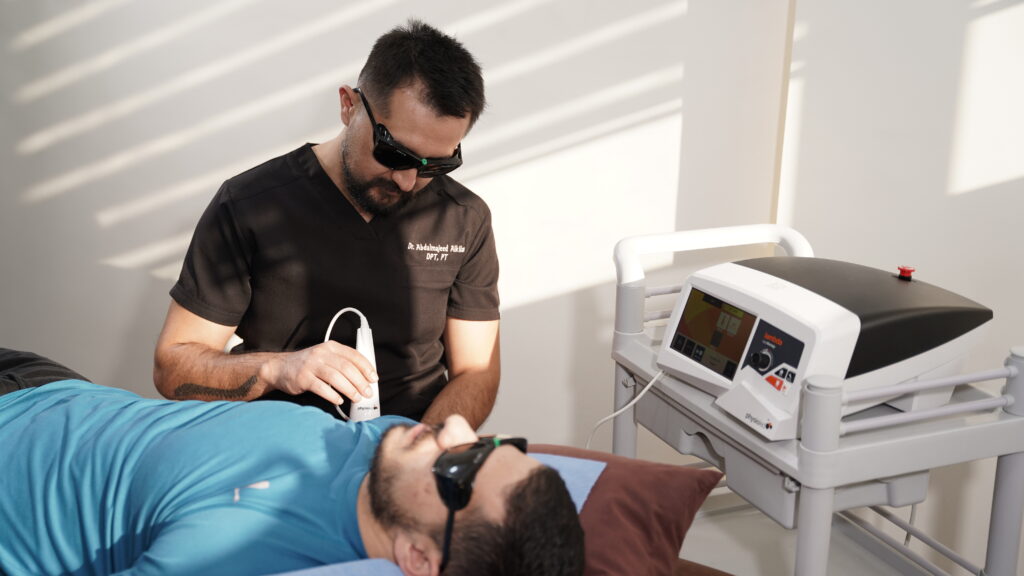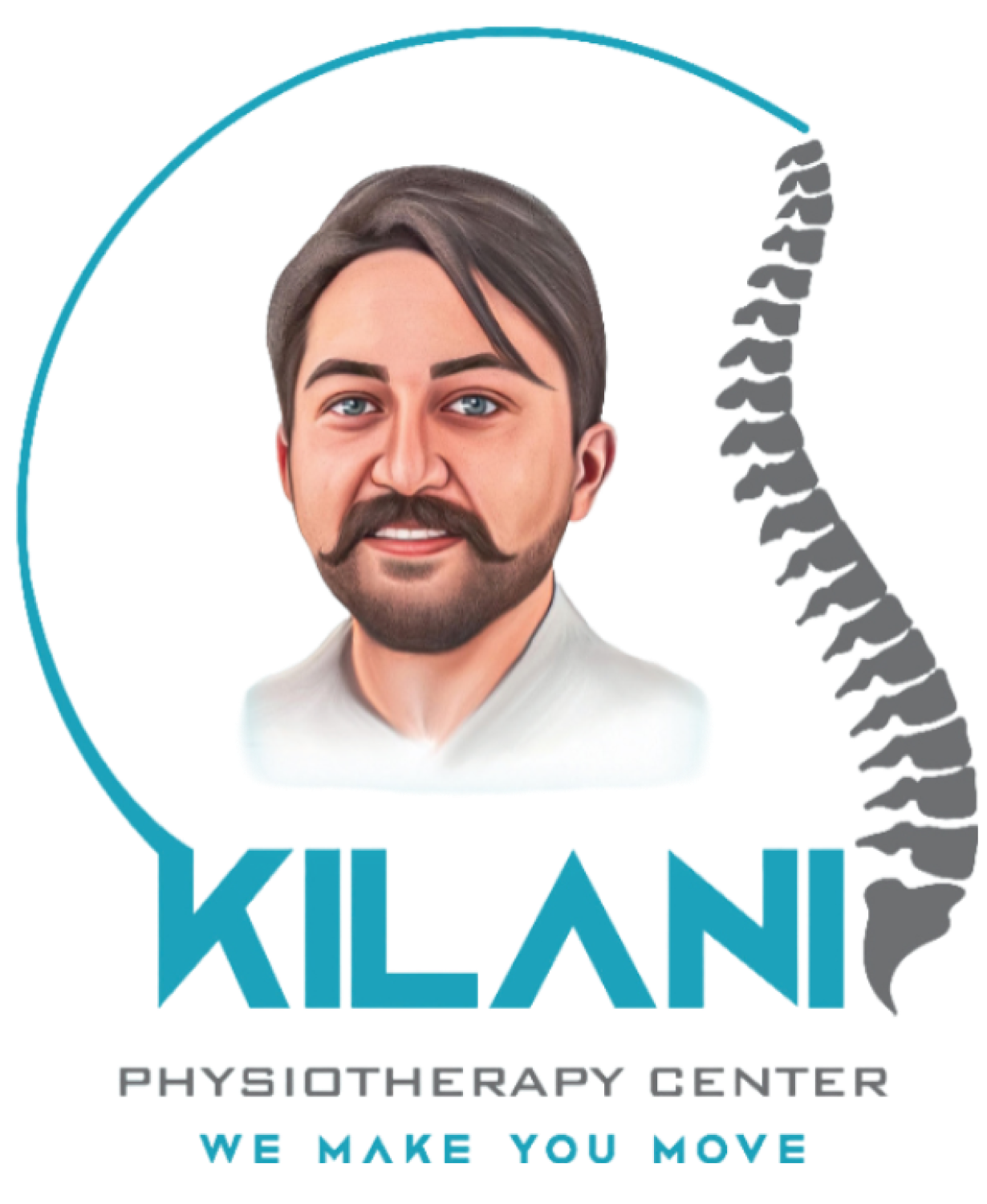Understanding Carpal Tunnel Syndrome: Causes, Symptoms, Diagnosis, and Treatment
Kilani
January 21, 2025

Carpal Tunnel Syndrome Introduction
Carpal Tunnel Syndrome (CTS) is a common condition that affects the hand and wrist, often causing pain, numbness, and weakness. It occurs when the median nerve, which runs through the carpal tunnel in the wrist, becomes compressed or irritated. Here, we delve into the causes, symptoms, methods for home testing, treatments, and the vital role physiotherapy plays in recovery.
Causes of Carpal Tunnel Syndrome
CTS can result from various factors, including:
Repetitive Motions: Activities that require repetitive wrist or finger movements, such as typing, knitting, or assembly-line work, can contribute to the condition.
In kilani physiotherapy center we see mothers patients with CTS due to repetitive stress and movements on hands from baby care and home works.
Wrist Anatomy: A naturally narrow carpal tunnel or structural abnormalities can increase the risk.
Medical Conditions: Disorders like diabetes, rheumatoid arthritis, hypothyroidism, or obesity can lead to inflammation or fluid retention that compresses the median nerve.
Pregnancy: Hormonal changes during pregnancy can cause swelling and increase the likelihood of developing CTS.
Injuries: Wrist fractures or trauma can alter the structure of the carpal tunnel.
Symptoms of Carpal Tunnel Syndrome
Common symptoms include:
Numbness and Tingling: These sensations primarily affect the thumb, index, middle, and half of the ring finger.
Pain: Pain may radiate up the arm, especially during sleep.
Weakness: Difficulty gripping objects or performing fine motor tasks.
Burning Sensation: A burning feeling in the affected fingers or palm.
Symptoms often worsen at night due to prolonged wrist positions during sleep.
Home Testing for Carpal Tunnel Syndrome
While a professional diagnosis is essential, the following tests can help identify CTS at home:
These exercises we give for patients on online consultations from our pages on different social media apps as kilani physiotherapy center
Phalen’s Test:
Flex your wrists by pressing the backs of your hands together.
Hold this position for 30-60 seconds.
If numbness, tingling, or pain occurs, it could indicate CTS.
Tinel’s Sign:
Gently tap over the median nerve on the inner wrist.
A tingling sensation in the fingers suggests nerve irritation.
Wrist Flexion Test:
Bend your wrist forward and hold for 60 seconds.
If symptoms appear or worsen, CTS might be present.
Treatment Options
Managing CTS involves a combination of conservative and medical treatments:
Lifestyle Modifications:
Reduce repetitive wrist motions.
Use ergonomic tools and wrist supports.
Home Remedies:
Apply cold compresses to reduce swelling.
Perform wrist stretches and strengthening exercises.
Medications:
Over-the-counter anti-inflammatory drugs can help alleviate pain and inflammation.
Splints:
Wrist splints worn at night can keep the wrist in a neutral position, reducing pressure on the median nerve.
Injections:
Corticosteroid injections can provide temporary relief for severe cases.
Surgery:
In advanced cases, a surgical procedure known as carpal tunnel release may be necessary to relieve pressure on the median nerve.
Role of Physiotherapy in Treatment
Physiotherapy is a cornerstone of non-surgical treatment for CTS, focusing on reducing symptoms and preventing recurrence. Techniques include:
Manual Therapy:
Hands-on techniques improve wrist and hand mobility.
We focus on manual Therapy in kilani physiotherapy center due to its effectiveness on most case with its different techniques
Strengthening Exercises:
Targeted exercises strengthen the muscles around the wrist and improve grip strength.
Nerve Gliding Exercises:
These exercises promote healthy nerve movement and reduce irritation.
Ultrasound Therapy:
Low-frequency sound waves help reduce inflammation and improve circulation.
Education:
Physiotherapists provide guidance on ergonomics, posture, and activity modification to prevent symptom recurrence.
Conclusion
Carpal Tunnel Syndrome is a manageable condition with early intervention and the right approach. By understanding its causes, recognizing symptoms, and seeking appropriate treatments, individuals can alleviate discomfort and regain hand function. Physiotherapy plays a pivotal role, not only in recovery but also in equipping patients with strategies to prevent future episodes. If you suspect CTS, consult a healthcare professional for a tailored treatment plan.
If you suffer from this condition, do not hesitate to contact us at our branches in Jordan and Dubai.
